Tesla Coil
A compact Tesla Coil working model that demonstrates the principle of wireless electricity transmission using a high-voltage resonant transformer circuit, built with basic electronic components on a foam board.
5 in stock
Tesla Coil
Complete Description:
- Introduction:
The Tesla Coil is an innovative high-frequency transformer circuit invented by Nikola Tesla to demonstrate the wireless transmission of electricity. This student project replicates a simplified version of the Tesla Coil to understand its basic operation and effects, such as lighting an LED without direct contact.
- Project Size:
Base Dimensions: 40 cm × 50 cm
Ideal for tabletop demonstration and classroom science exhibitions.
- Materials Used:
- Foam board or Sun board (base structure)
- PVC pipe (support for primary coil)
- Ball (top load terminal)
- Aluminum foil (to wrap the top load ball)
- 28 Gauge Copper Coil (for winding primary and secondary coils)
- Push Button (power switch)
- LED (for wireless lighting demonstration)
- Resistor (for base current control)
- 2N2222 Transistor (key electronic switch)
- Connecting Wires
- 9V Battery Clip (power source connector)
- PCB Board (to hold and organize electronic components)
- Working Principle:
The Tesla Coil operates as a resonant transformer circuit. When the circuit is powered:
- The 9V battery energizes the transistor.
- The 2N2222 transistor switches the current rapidly through the primary coil (made using the copper wire), creating a magnetic field.
- The secondary coil (wound on the PVC pipe) picks up this changing magnetic field and produces a high-frequency high-voltage output.
- This voltage is strong enough to light up a nearby LED without physical contact, demonstrating wireless power transfer.
- Construction Process (Simplified Steps):
- Mount the PVC pipe vertically on the foam board using glue or clamps.
- Wind the 28G copper wire tightly on the PVC pipe to form the secondary coil.
- Wrap aluminum foil on a ball and fix it on top of the coil as a top load.
- Create the primary coil with fewer turns at the base of the secondary coil.
- Connect the components on the PCB: 2N2222 transistor, resistor, push button, and wires.
- Attach the LED near the top load to test wireless lighting.
- Power the system with a 9V battery using the battery clip and press the button to activate the coil.
- Applications:
- Demonstrates basic physics and electromagnetism concepts
- Introduces wireless energy transfer
- Encourages curiosity in electronics and engineering
- Great for science fairs, exhibitions, and classroom projects
- Safety Note:
Though this is a low-power Tesla Coil for educational purposes, it is advisable to handle it under adult supervision, especially due to the high-frequency output which can cause mild shocks or interfere with nearby electronics.
- References:
| Weight | 1.5 kg |
|---|---|
| Dimensions | 26 × 26 × 20 cm |
You must be logged in to post a review.
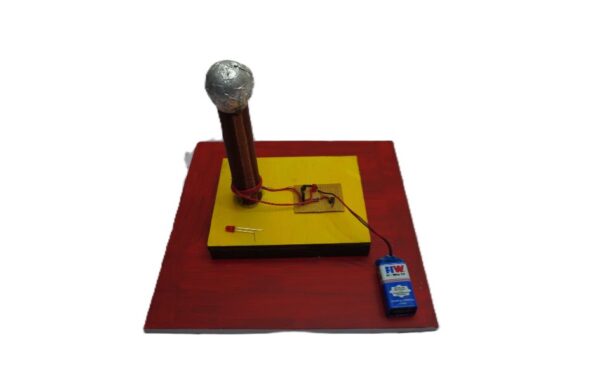
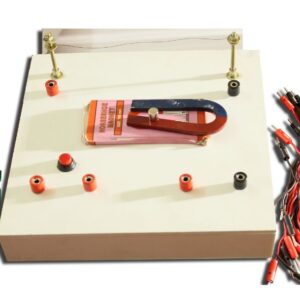
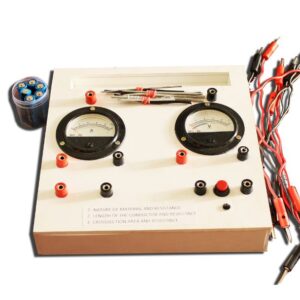
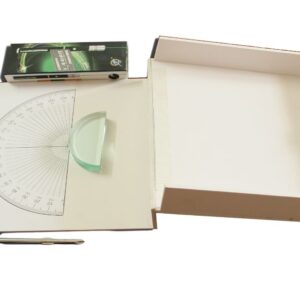
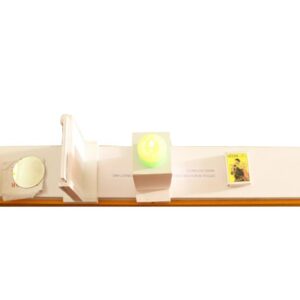
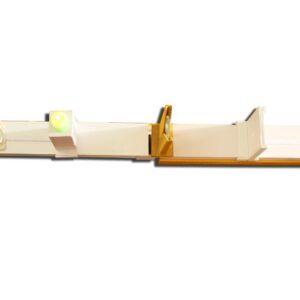
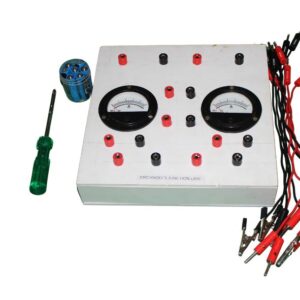
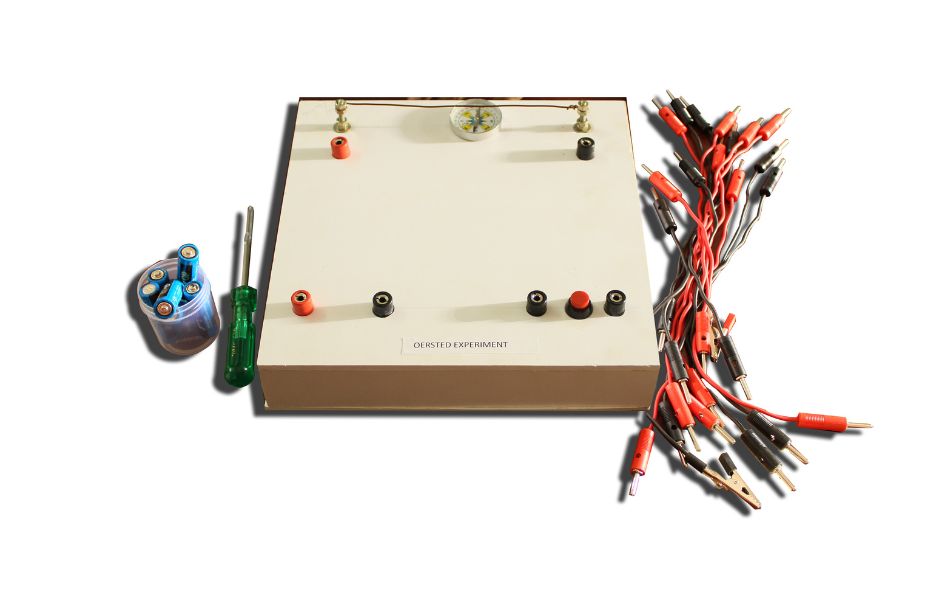
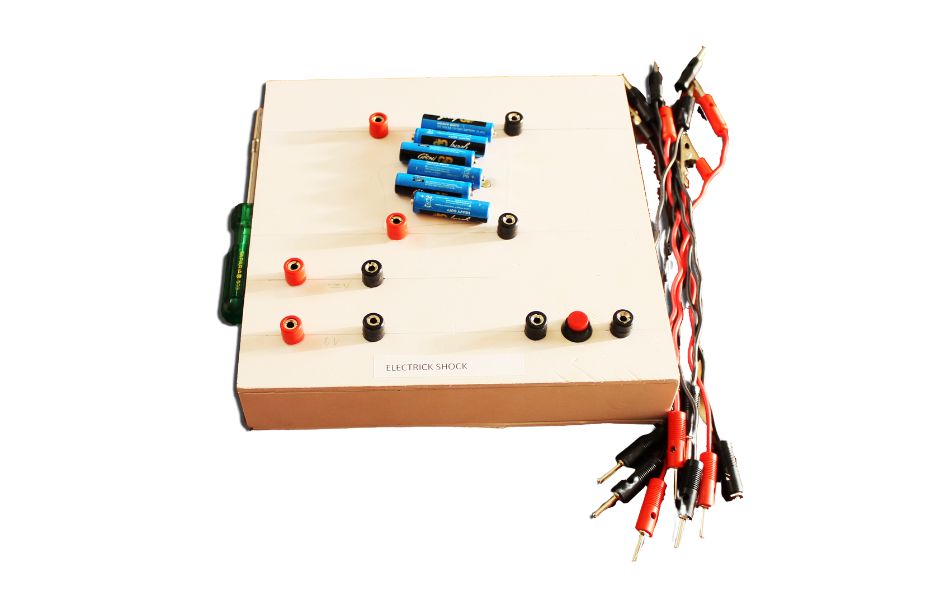
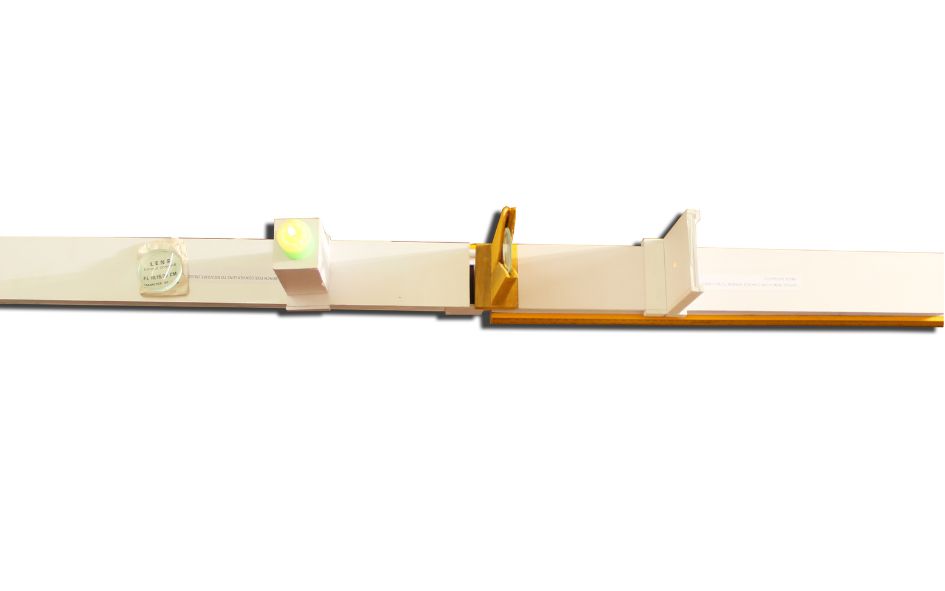
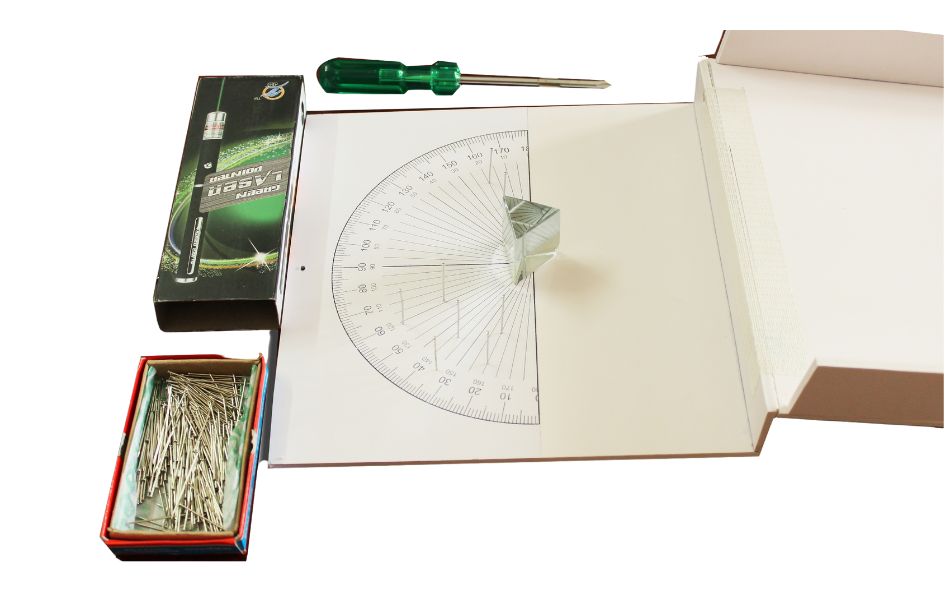
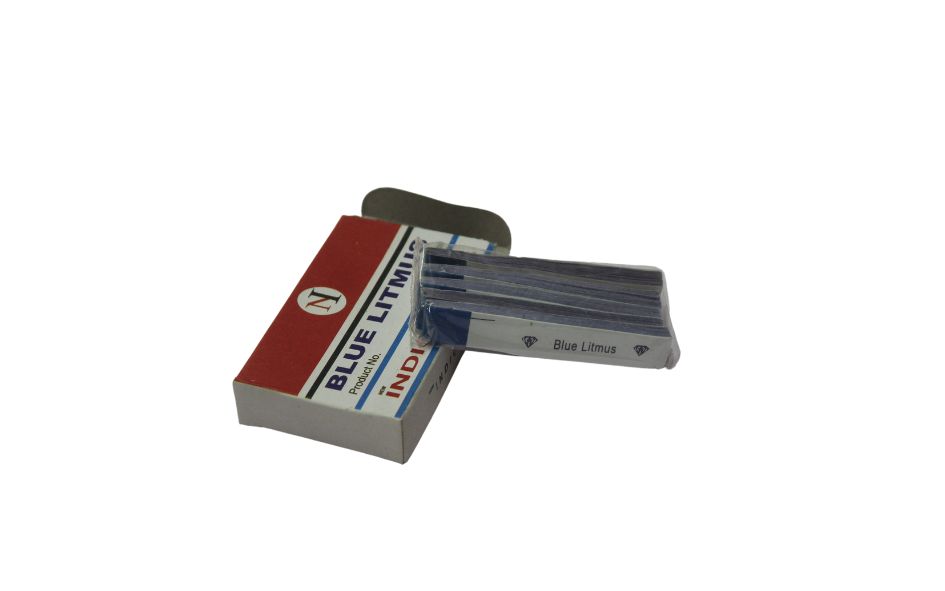
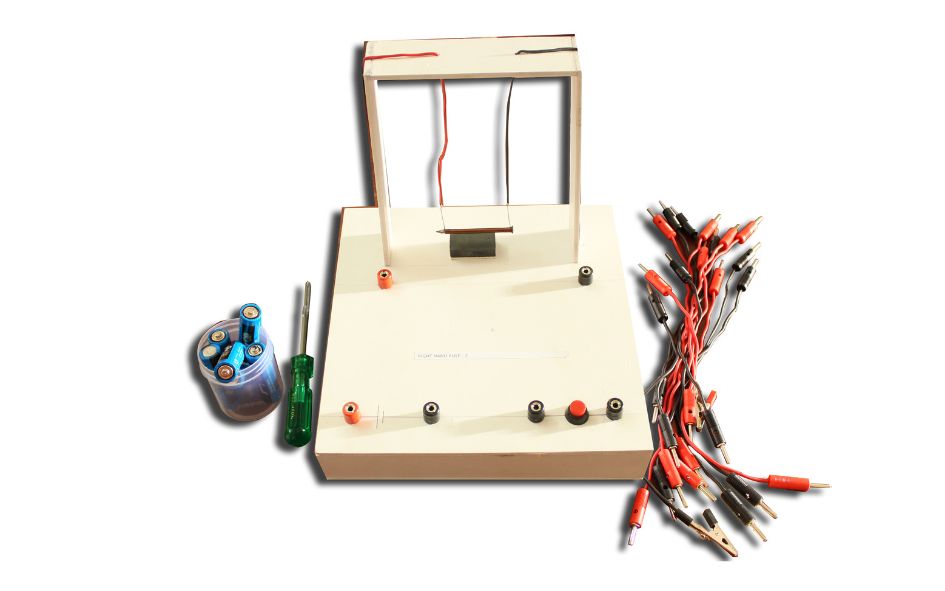
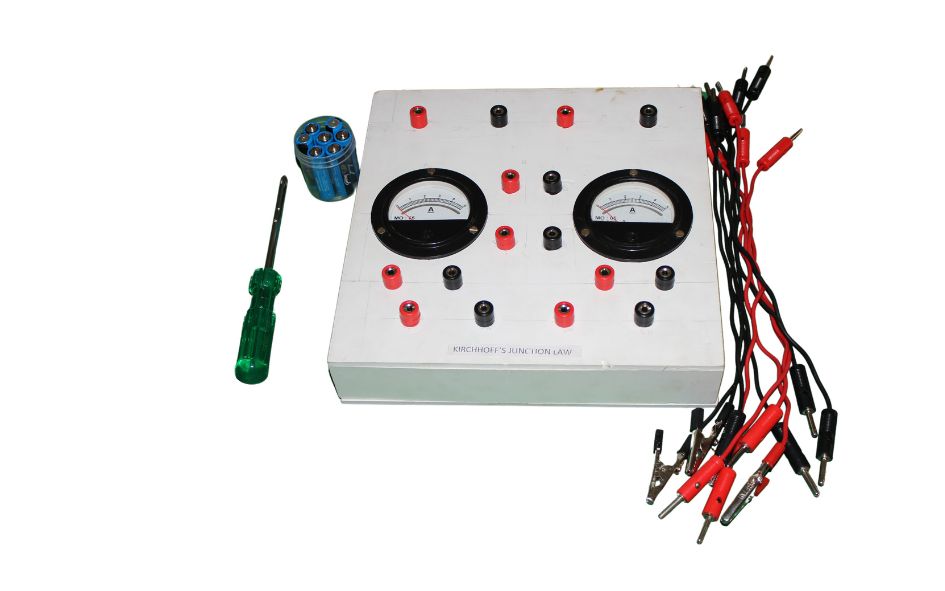
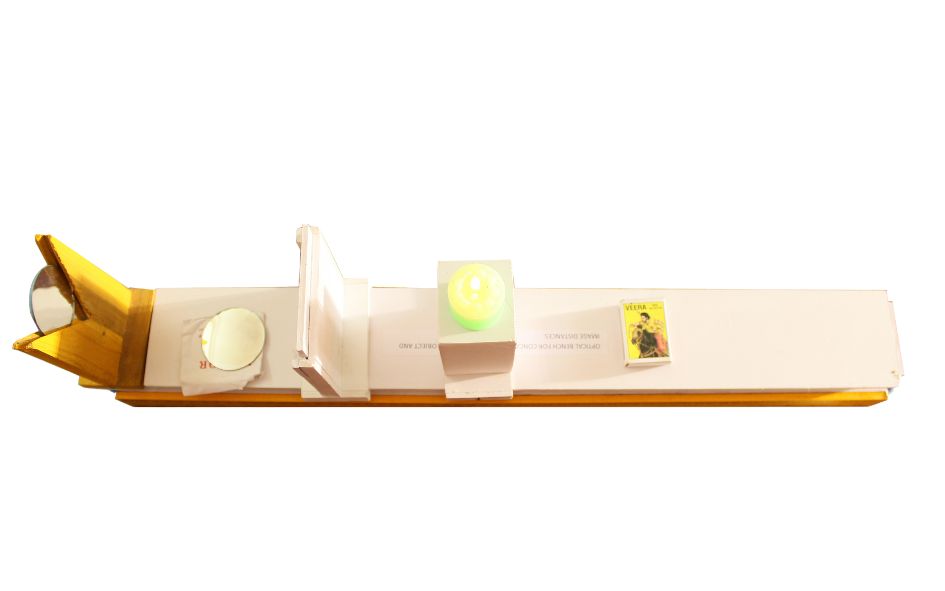
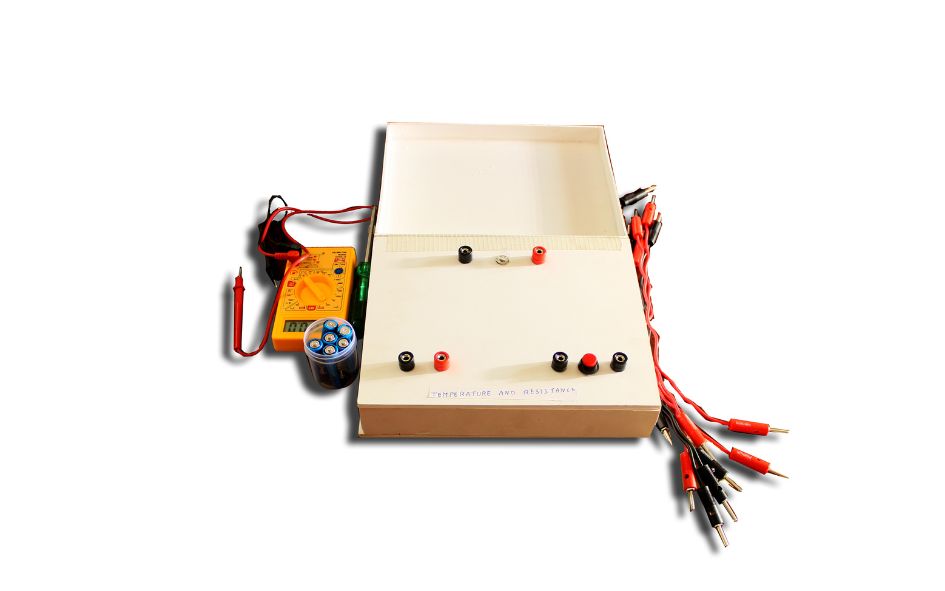
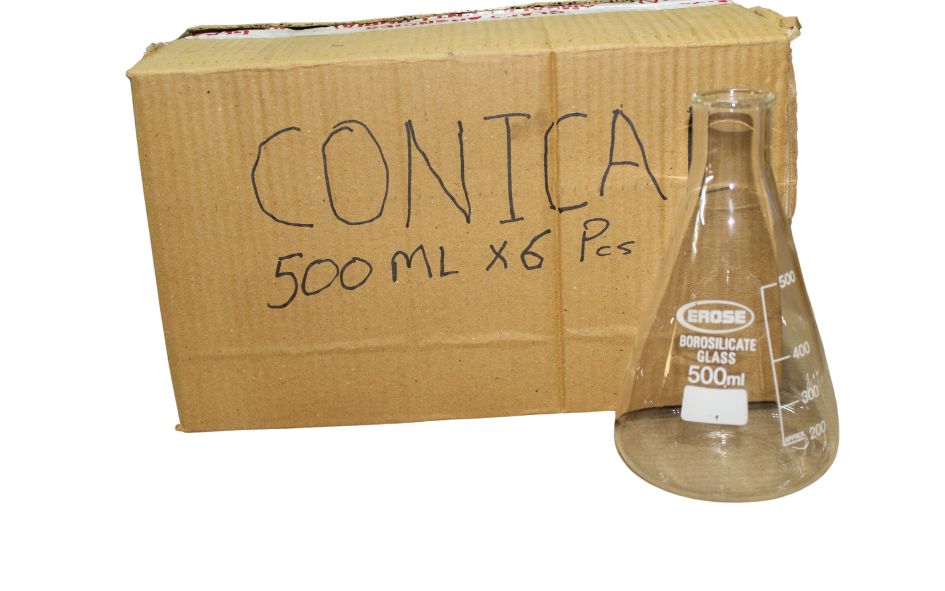
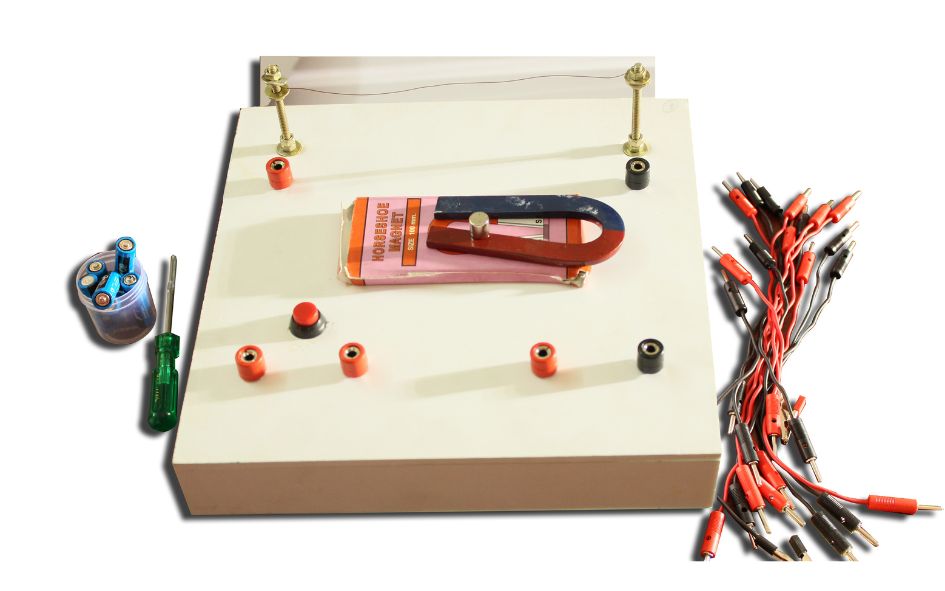
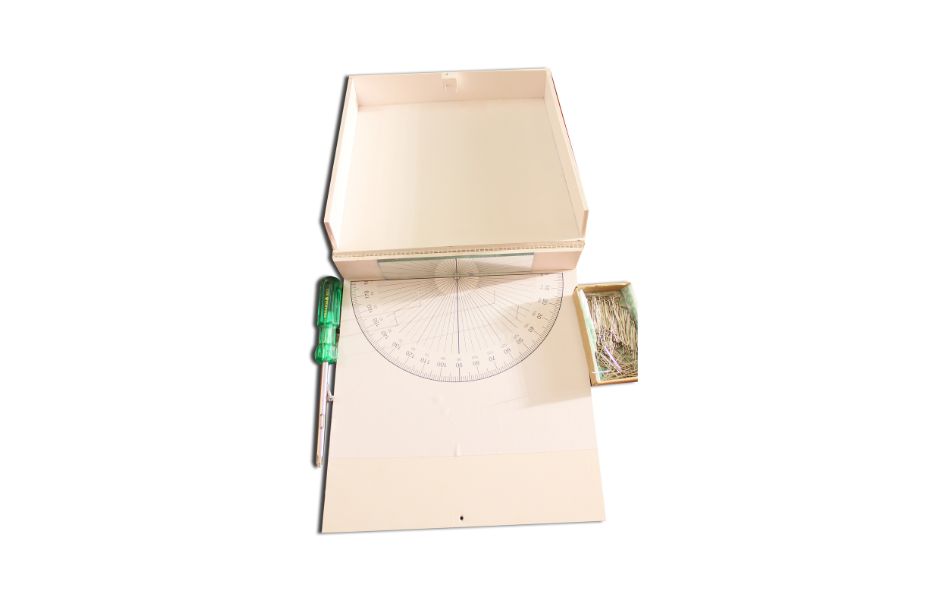
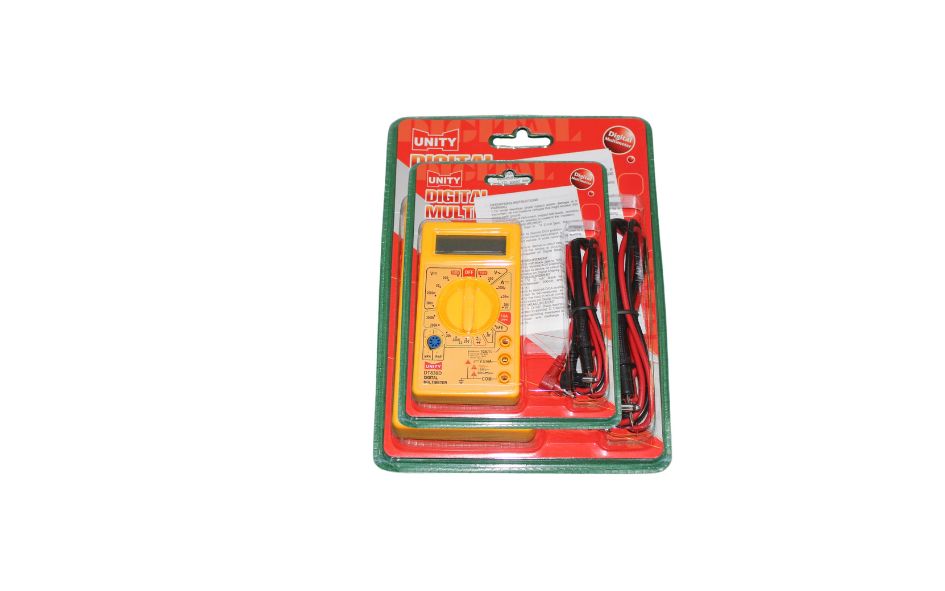
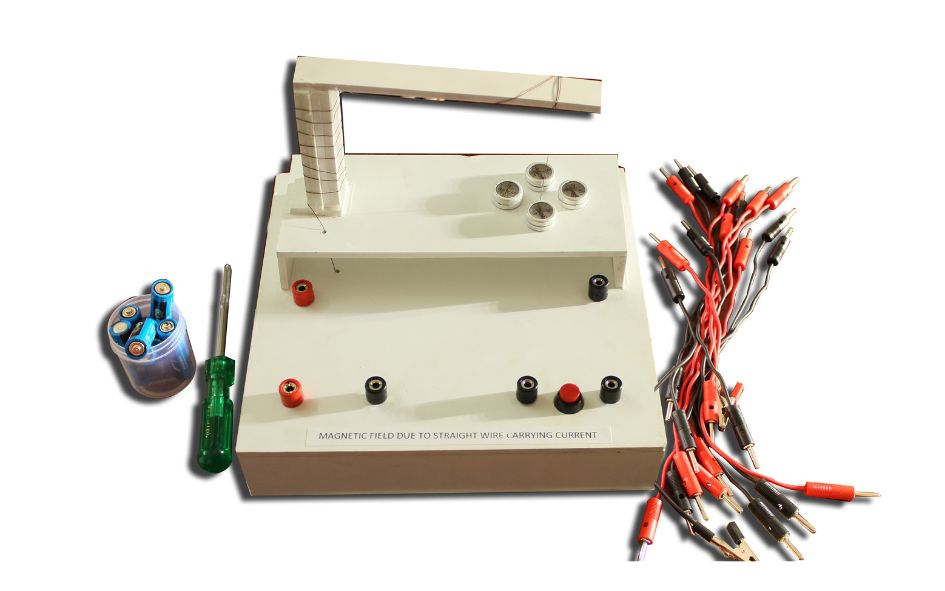
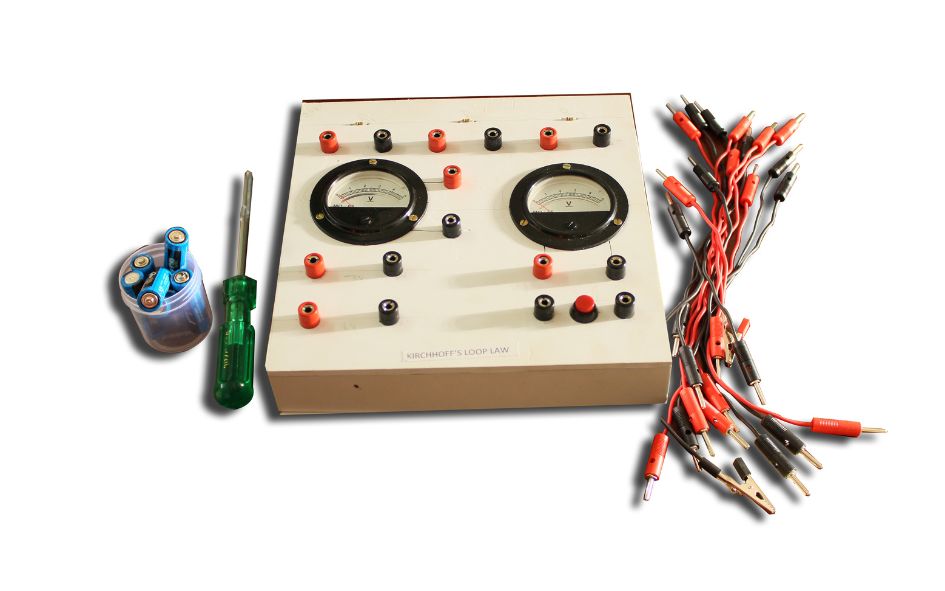
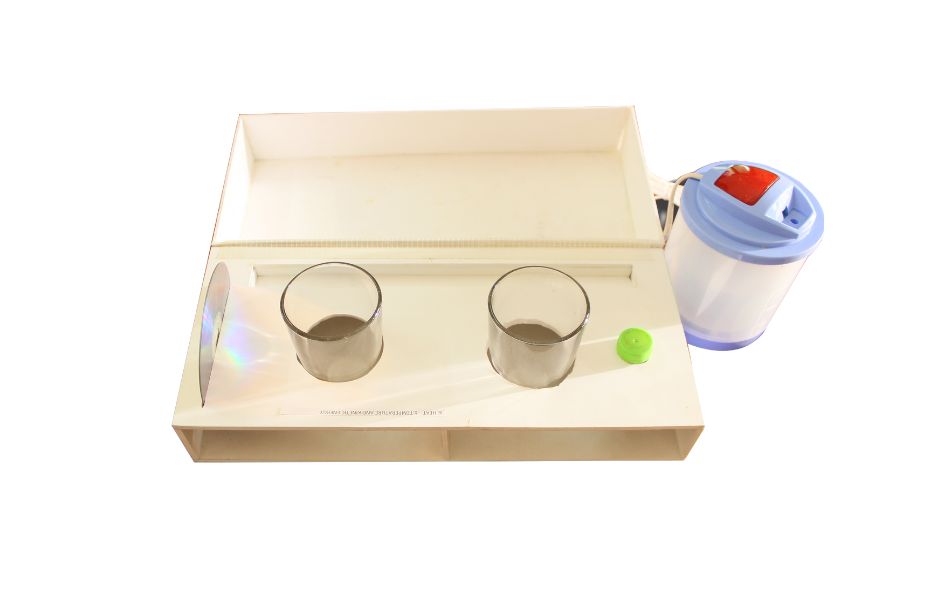
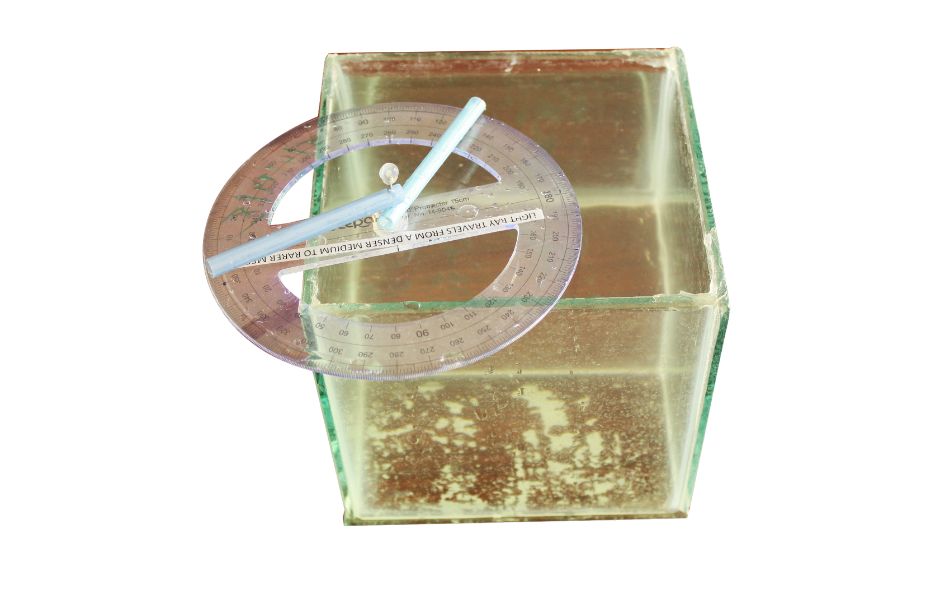
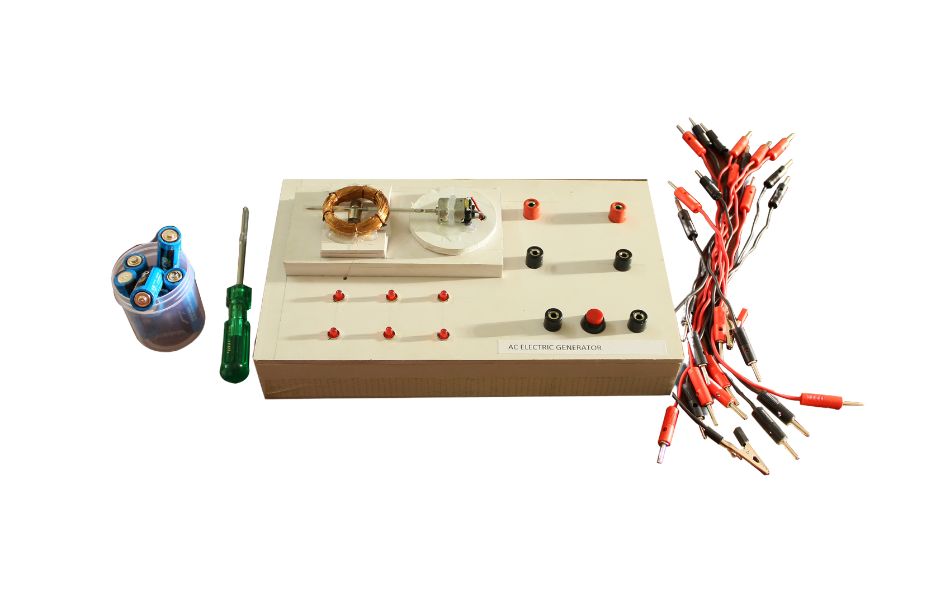
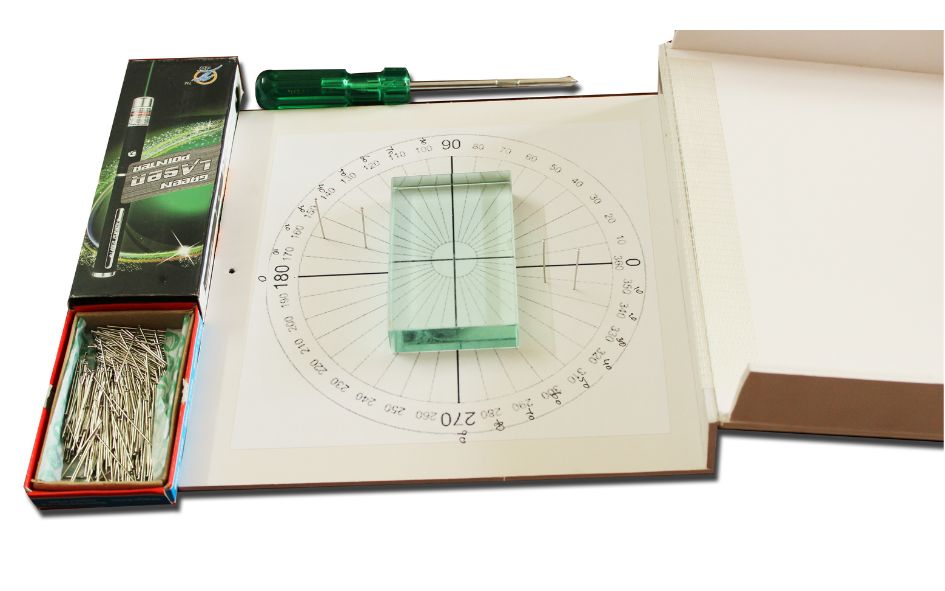
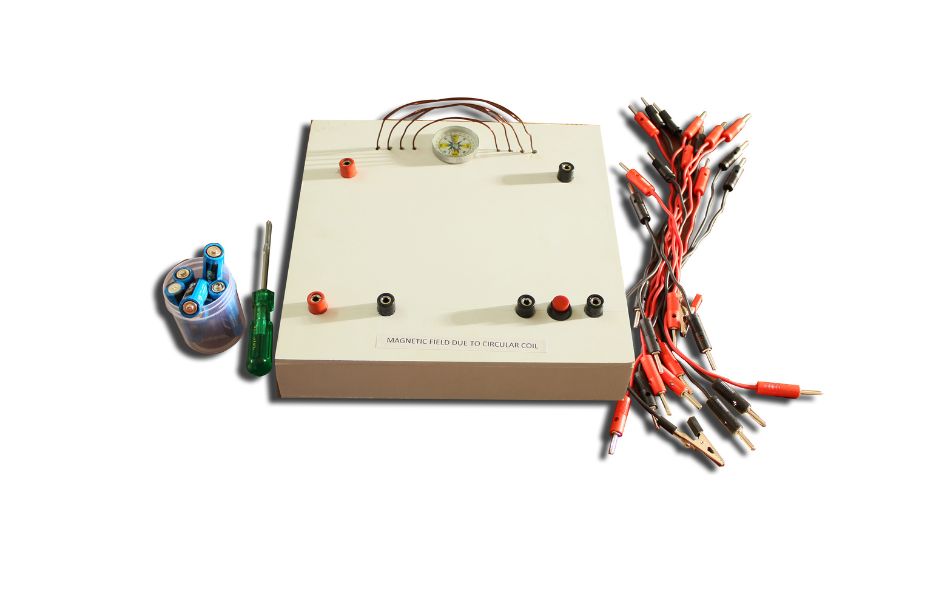
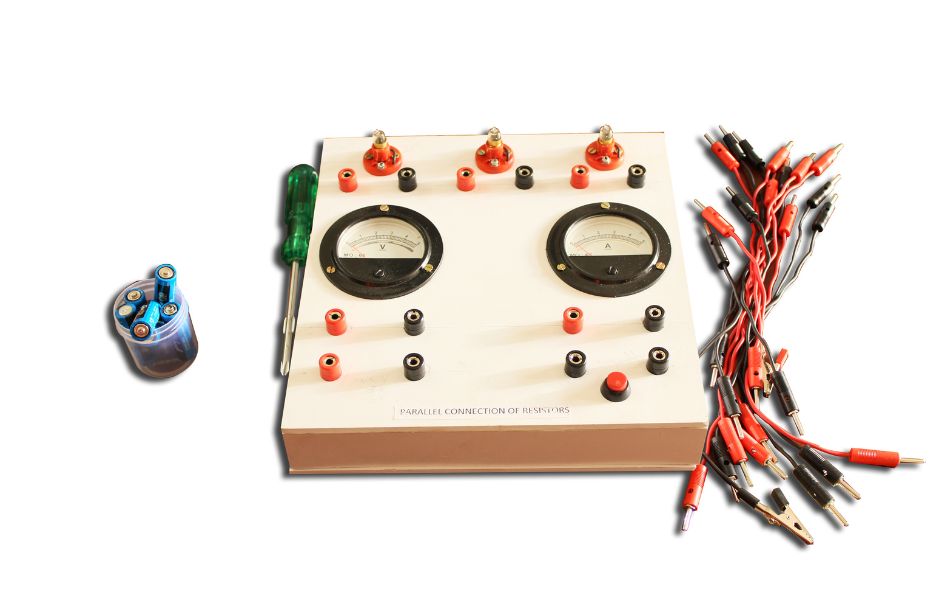
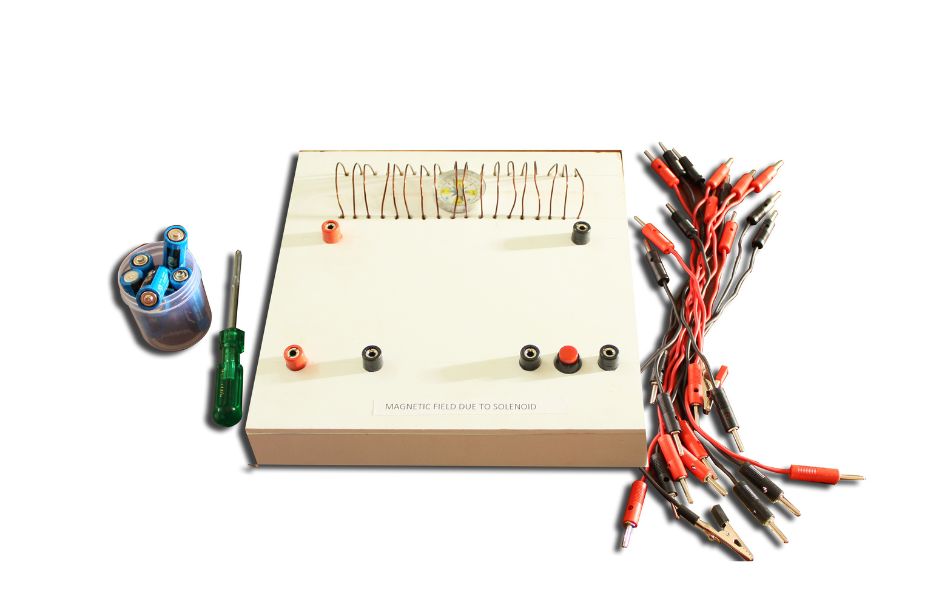
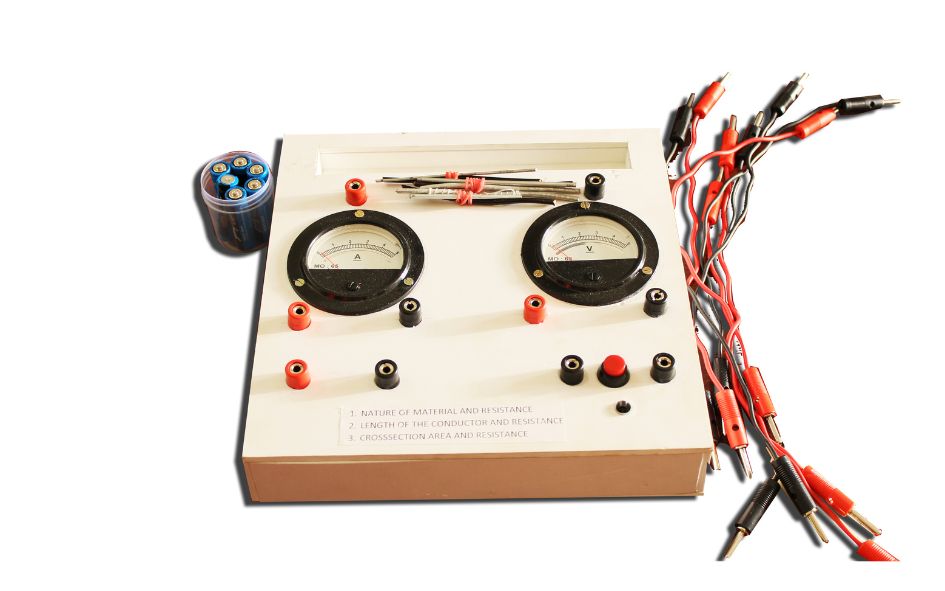
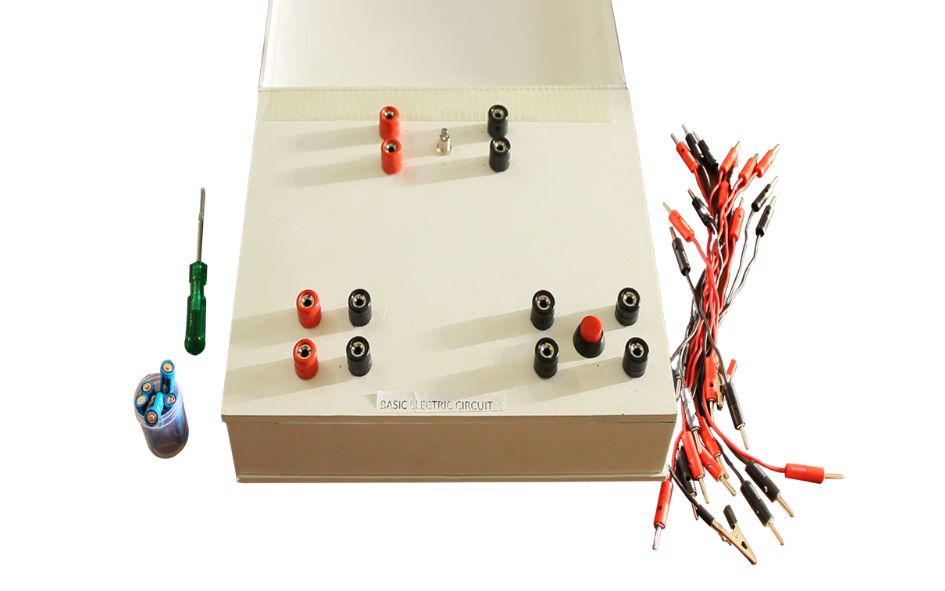
Reviews
There are no reviews yet